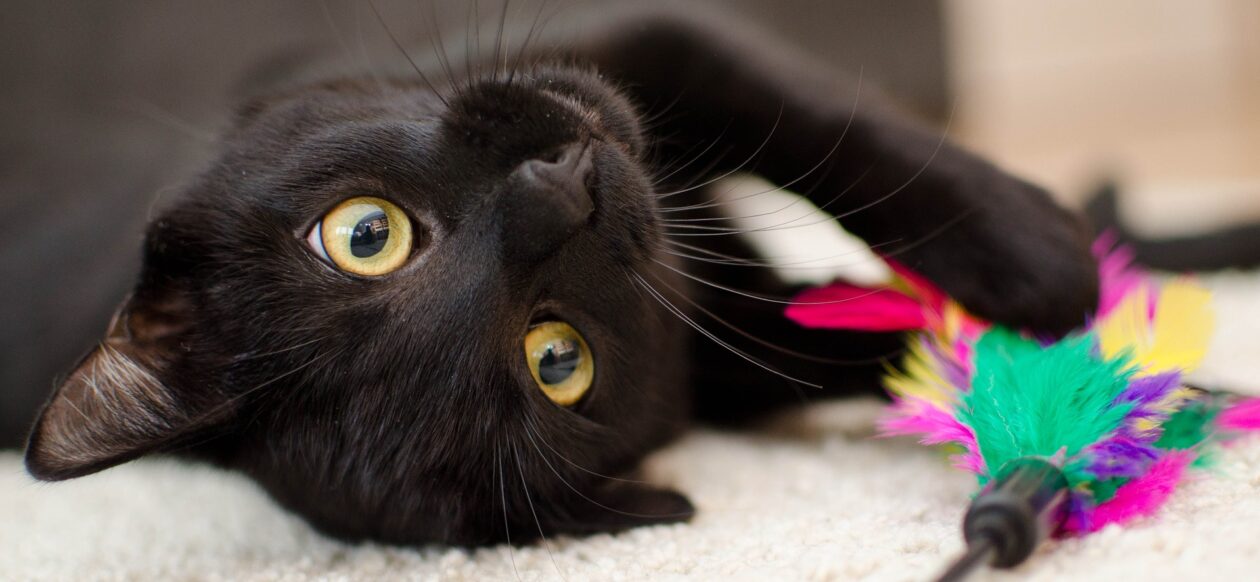Your cat’s body is made up of 70-80% water or three-quarters of your cat’s body weight is water, so it’s critical that your cat gets enough fluids daily to maintain good health and prevent dehydration. Water is essential for cat’s urinary and kidney health, circulation, digestion, and waste removal. With hot summer days now upon us, it’s even more important that your cat has access to and drinks enough water, as dehydration can lead to a number of serious medical problems and even death. Here are the signs of dehydration in cats and why it’s so important to treat dehydration immediately.
Why Hydration is So Important
Dehydration happens when your cat loses body fluids faster than he can replace them, and it can happen when your cat is either not drinking enough water or is losing too many fluids. Fluids lost through daily urination, elimination and respiration all need to be replaced to normal levels everyday. But if your cat hasn’t been drinking enough water; has been vomiting or has diarrhea; or has been ill or had a fever; or your cat is old, then rehydration is even more critical as all of these can leave your cat severely dehydrated.












